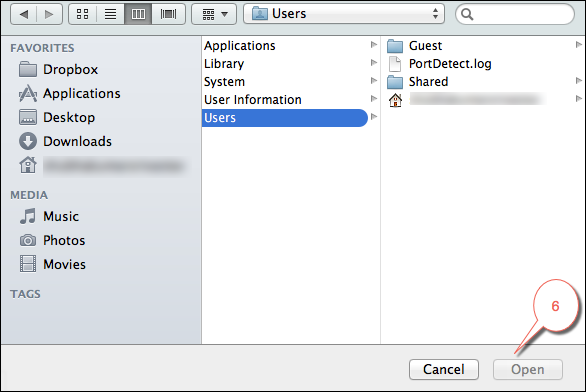
Object Export Options consolidate two major functions when exporting images to EPUB/HTML and Tagged PDF: After you have added alt text to an image, the alt text stays with that image as you design your layout. It's easier to add alt text to images in InDesign CC, especially if alt text has already been added to the metadata for an image in Adobe Bridge, or has been added to images from files imported from Microsoft Word or another application that writes XML metadata.
PDF TO EPUB INDESIGN PDF
People with visual disabilities cannot discern graphics and images, so accessible PDF files need to include alternate text descriptions that assistive technology such as screen readers or text-to-speech engines can vocalize in order to describe the image to the user. Unlike all of the other sub-features in the style dialog boxes, Export Tagging cannot be previewed within the InDesign layout, as it only impacts what is marked up in the exported file (EPUB, HTML, or PDF). The markup is displayed as a simple drop list that contains the most commonly used tags such as through and. The traditional Paragraph and Character Style dialog boxes have a new sub-feature - Export Tagging.Įxport Tagging provides the means of defining how text with InDesign Styles should be marked up when exported to either HTML/EPUB or tagged PDF. Note that the ability to use the XML Structure panel has not been removed it is now an additional option that complements the use of the Articles panel during the export process. The Articles panel is designed to be simpler and easier to use for people without XML skills. While articles can be created manually by dragging one or more page items to an article in the Articles panel, there are also mechanisms for adding bulk content to an article, including adding all selected content to an article or adding an entire document to an article. Once an article has been created, page items can be added, removed, or reordered.

You can create articles from a combination of existing page items within a layout, including images, graphics, or text. These relationships define the content to be used while exporting to ePub, HTML, or accessible PDFs, and define the order of the content. When InDesign exports the tagged PDF, those mapped tags automatically define the role map in Acrobat.Īrticles provide designers and production artists an easy way to create relationships among page items. Now you can easily map styles to PDF tags without having to use the Structure pane or Tags panel.
PDF TO EPUB INDESIGN HOW TO
For comparison, each step includes a note regarding how to attain a similar level of accessibility using CS4.įor the latest accessibility advice for InDesign, plus a variety of other instructional resources see the Adobe InDesign Accessibility site. These steps apply specifically to InDesign CC, which includes significant improvements to accessibility support over previous versions. The following are some basic steps for creating accessible documents in InDesign.

It's also important to say that if the PDF files aren't your own work, converting them may infringe copyright - the rules vary from country to country and if the documents are for personal use or not.Creating Accessible PDFs from Adobe InDesignĪdobe often makes improvements to accessibility tools InDesign, and pushes them to users through periodic updates. InDesign for example supports export into all three from the same source document, and understands how to cope with the limitations of each format. The "correct" workflow is to create your EPUB files, plus PDFs or HTML, from the original application. You can export from Acrobat X to HTML, and there are many tools to go from HTML to EPUB, but you will usually need to spend a fair amount of time editing the document so things are in the right order. It was therefore decided that rather than do it badly, Acrobat wouldn't do it at all. PDF files are far more complex than EPUB, in terms of the page layouts and the extra features (transparency, vector and bitmap graphics, scripts, forms, rich media, etc.) and in many cases even relatively "simple" PDF files, unless they have accessibility tags, cannot be reinterpreted into the inline flowed format for EPUB. However Acrobat X doesn't have EPUB export, and for very good reasons. There are several third-party tools which claim to do it (though as an Adobe site we don't provide links to them).


 0 kommentar(er)
0 kommentar(er)
